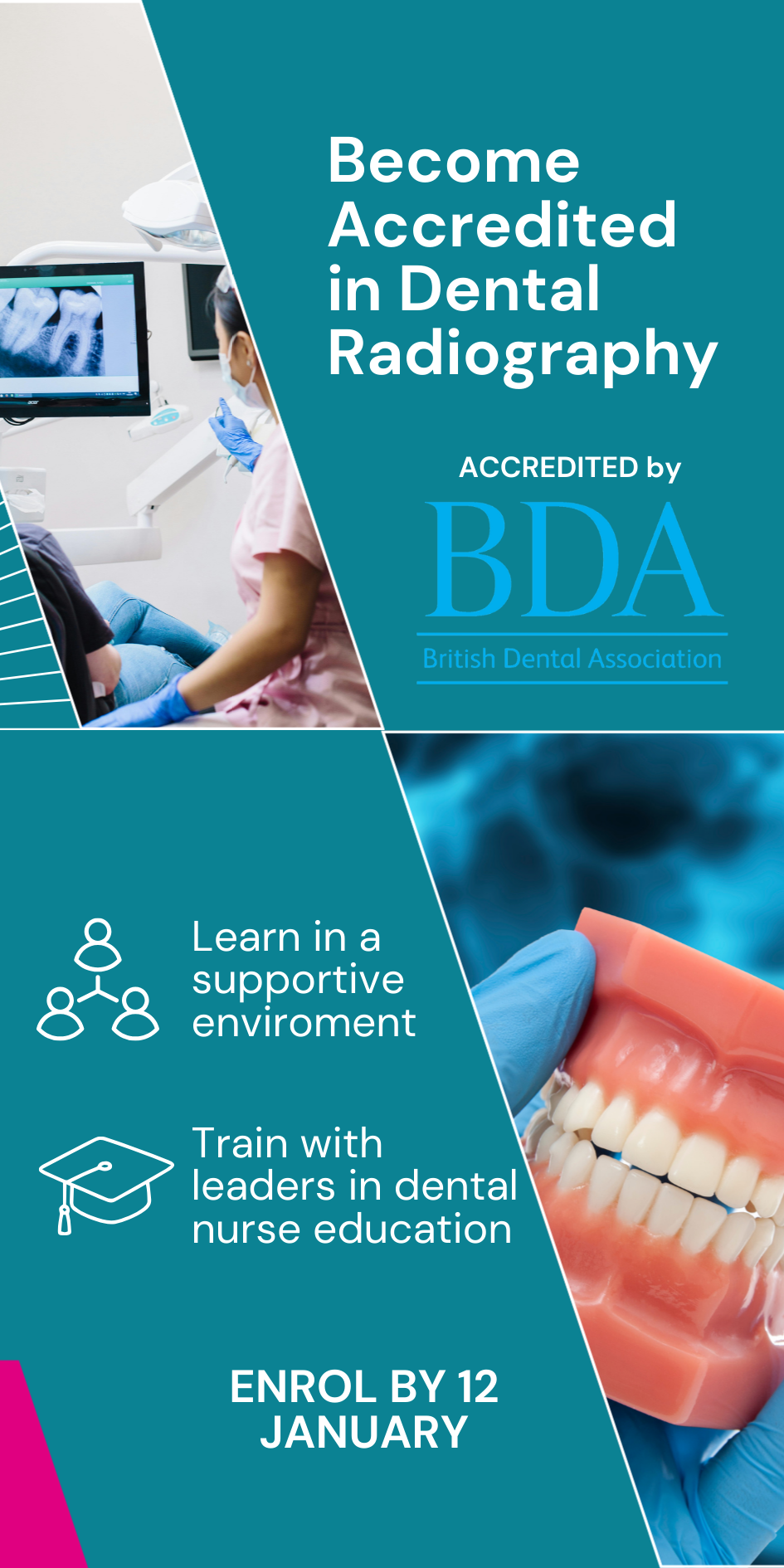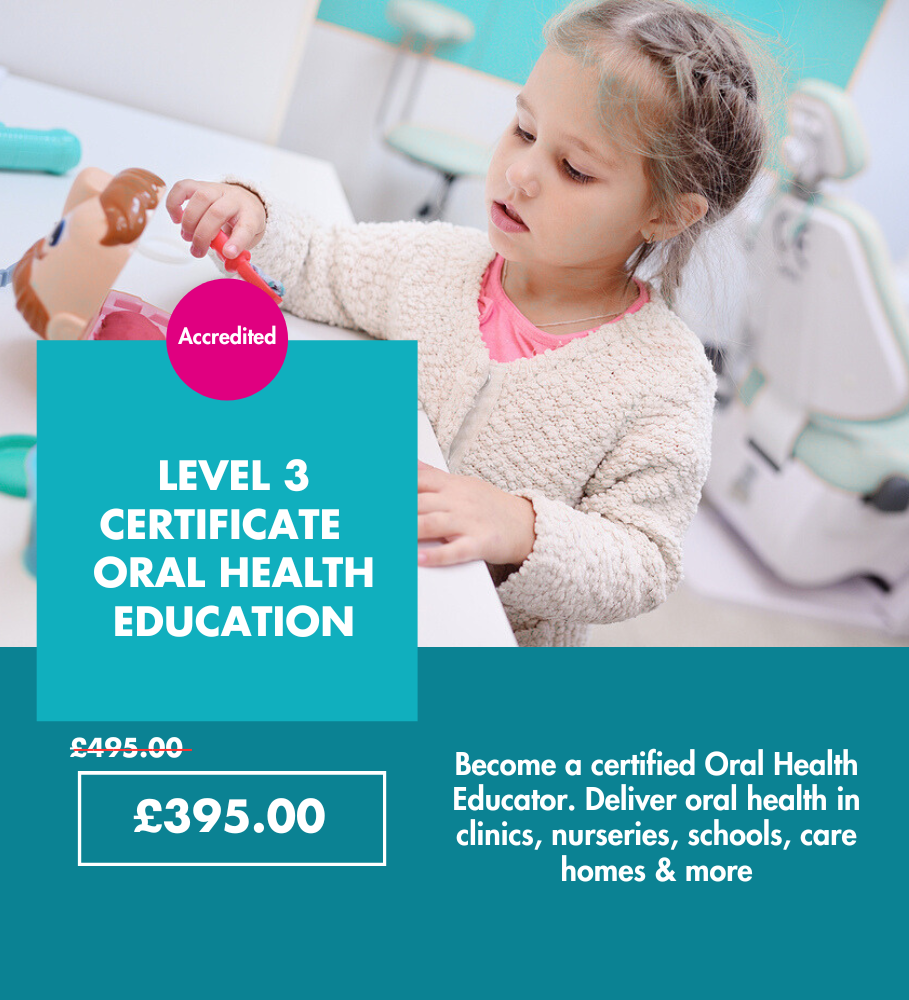![]() Those of you who are regular readers of the ‘Spotlight’ articles will know that in the last article I had a look at the new regulations surrounding environmental cleaning within practices. These have come in with the publication of the NHS Standards of Cleanliness 2021.
Those of you who are regular readers of the ‘Spotlight’ articles will know that in the last article I had a look at the new regulations surrounding environmental cleaning within practices. These have come in with the publication of the NHS Standards of Cleanliness 2021.
As I mentioned in that article, there are a lot of changes happening within dentistry at the moment. In this article, I would like to focus on the new CQC assessment framework. This is one change that I do think (in theory) may have a very positive impact on the way dental practices are regulated – so long as both the CQC and we as dental professionals maintain open minds and good communication.
As of the 18th July 2022, the CQC will now be using the Single Assessment Framework in order to monitor, inspect and regulate not just dental providers but all the care providers that they regulate.
Initially I was at a bit of a loss, but as I have researched the system and have begun to understand not only the new system but the motivation for the changes, I do feel that if properly integrated and used it will be a big improvement for providers and services users alike.
Why has the CQC made changes?
The CQC has stated three main reasons for the changes to the system. Firstly, it wanted to simplify the system. It wanted to take into account the differences in care provision between different services and different areas. Finally, it wanted to link the registration process to the quality assessment process.
Let's now look at what is staying the same and what the changes are:
1) Quality ratings will remain the same.
2) There will still be five Key Questions that will be used to assess practices:
- Safe;
- Well-led;
- Caring;
- Effective;
- Responsive.
3) Instead of the Key Lines of Enquiry and Prompts, these questions will now be supported by Quality Statements. These statements are also linked back to the Regulations, which (to my way of thinking) has proved very helpful in enabling understanding of where we meet each Regulation. The Quality Statements are divided into:
- ‘We Statements’, which show what is needed to deliver the expected high-quality person-centred care;
- ‘I Statements’, which are used to help identify the expectations of patients and other service users.
4) There are now six categories of evidence that will be collected to help assess the quality of the service provision:
- People’s experiences;
- Staff members’ and leaders’ feedback;
- Observation of care;
- Feedback from partners;
- Processes;
- Outcomes of care.
5) Potentially the biggest change, though, is that instead of one-off ‘inspections’, evidence will now be continually collected across a timetable, and ratings will be updated at any time; previous ratings are not a driver in the collection of evidence.
What all this means in theory is that ratings will be as current/up-to-date as possible; we will not be walking on eggshells, waiting for our ‘inspection’ announcement to come through. In practice, it means we will have to ensure that we are continually developing, improving and being compliant with Regulations.
It also appears that personal experiences, feedback and comments will be taken into account much more than in previous assessments of care providers – we have moved away from the ‘CQC Folder’ assessment, where things were nicely put on paper in front of an inspector, and are moving towards a time when the CQC will be looking at our ‘Google Reviews’ and our social media pages and will be talking to our staff, patients and leaders in much more detail throughout the year rather than at a one-off point in time.
Over the last 18 months, I have been on several CQC courses and conferences, and it has also become clear that the CQC is particularly keen to ensure services have developed a culture that is Safe and Well-led. The Quality Statements that go with these Key Questions show the depth at which the CQC is expecting us to meet these requirements.
I have kept this article quite brief, as the links below provide some very useful information and the video provides a detailed look at the changes and the way in which monitoring will be occurring going forward.
Ensure everyone in your practice knows about the changes and understands not only what the changes are but why they are occurring and how this will impact the way in which practices have to develop in the future. Team effort is going to be the only way we can remain compliant and keep proving to the CQC and our patients that our dental practices are safe, high-quality care providers – as they always have been!
Walkthrough of CQC’s new regulatory approach
CQC How We Will Regulate
https://www.cqc.org.uk/about-us/how-we-will-regulate
CQC New Single Assessment Framework
https://www.cqc.org.uk/news/our-new-single-assessment-framework



